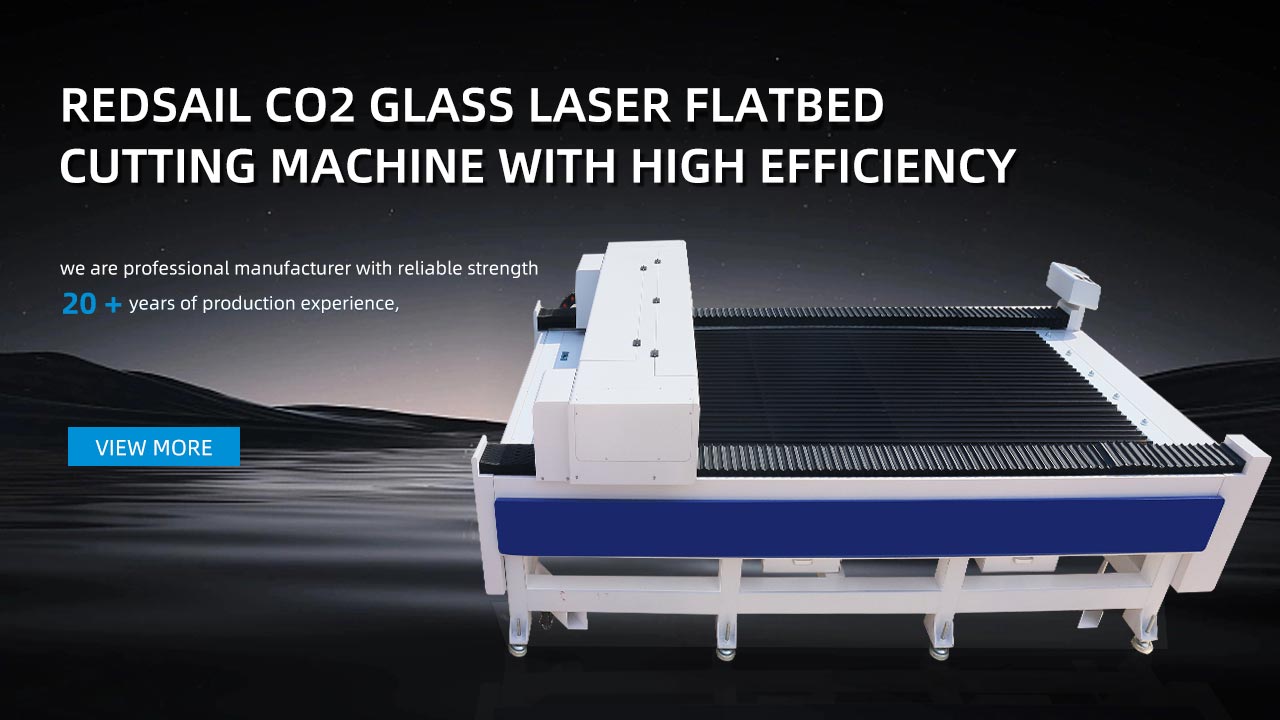HTML Headings:
How Can Laser Cutting Revolutionize the World of Wood Terrain?
Introduction
Benefits of Laser Cutting in Wood Terrain
1. Precision and Intricate Designs
2. Faster Production Time
3. Versatility in Materials
4. Waste Reduction
Applications of Laser Cutting in Wood Terrain
1. Architectural Models
2. Craftsmanship
3. Furniture Production
4. Woodworking Tools and Accessories
FAQs
Conclusion
—
Introduction
Laser cutting has revolutionized the manufacturing industry, offering unmatched precision and versatility. While traditionally associated with metal cutting, laser technology has expanded its horizons to revolutionize the world of wood terrain as well. With the ability to create intricate designs and enhance production speed, laser cutting has become an indispensable tool for woodworkers and terrain makers alike. This article explores the benefits of laser cutting in the wood terrain industry, its applications, and the potential for future innovation.
Benefits of Laser Cutting in Wood Terrain
1. Precision and Intricate Designs
One of the most significant advantages of laser cutting in wood terrain is the unmatched precision it offers. Laser cutting machines are capable of creating intricate designs with incredible accuracy, allowing for the creation of highly detailed landscapes, miniature buildings, and other elements. This precision eliminates the need for manual cutting and ensures a consistent quality finish, enhancing the overall visual appeal.
2. Faster Production Time
Laser cutting drastically reduces production time in wood terrain manufacturing. Traditional cutting methods require extensive manual labor, involving multiple tools and techniques. Laser cutting automates the process, optimizing efficiency and reducing the time needed for cutting, carving, and engraving. This not only accelerates the production process but also enables businesses to take on larger orders and meet tight deadlines.
3. Versatility in Materials
Laser cutting machines can handle various materials, including different types of wood, acrylic, and even some metals. This versatility opens up a world of possibilities for wood terrain makers, allowing them to experiment with different textures, thicknesses, and materials to create unique and visually appealing landscapes. With laser cutting, craftsmen can effortlessly manipulate different materials with precision and ease.
4. Waste Reduction
Traditional cutting methods often result in a significant amount of wasted material, requiring excess trimming and finishing. Laser cutting minimizes waste by precisely cutting the desired shapes and patterns while leaving minimal scrap material. This not only reduces costs associated with material waste but also minimizes the environmental impact and supports sustainable practices in the manufacturing process.
Applications of Laser Cutting in Wood Terrain
1. Architectural Models
Laser cutting has greatly improved the creation of architectural models. Terrain makers and architects can now produce precise, to-scale models of complex structures, showcasing intricate details and specific design elements. The accuracy and speed of laser cutting make it the ideal tool for recreating intricate architectural features from different periods and styles.
2. Craftsmanship
Artisans and craftsmen can now explore new horizons in woodworking thanks to laser cutting technology. Whether it’s intricate wooden art pieces, decorative boxes, or custom designs, laser cutting enables precise and detailed work. The ability to easily replicate complex designs enhances creativity and allows craftsmen to bring their visions to life with unparalleled accuracy.
3. Furniture Production
Laser cutting plays a pivotal role in the production of wooden furniture, enabling manufacturers to create unique shapes and designs. With a laser cutting machine, furniture makers can achieve complex joinery, engraving, and cutting patterns with precision and efficiency. This technology allows for intricate and customized details, enhancing the aesthetic value of furniture pieces.
4. Woodworking Tools and Accessories
Laser cutting has also revolutionized the production of woodworking tools and accessories. From rulers and measuring tapes to intricate jigs and intricate templates, laser cutting machines can manufacture these tools with exceptional precision. The accuracy and durability of laser-cut woodworking tools contribute to improved woodworking techniques and overall craftsmanship.
FAQs
Question: Can laser cutting be used on different types of wood?
Answer: Yes, laser cutting can be used on various types of wood, including hardwood and softwood. However, the density and moisture content of the wood may affect the cutting speed and precision. It’s essential to adjust laser settings accordingly to achieve optimal results.
Question: Are laser-cut wood terrain pieces durable?
Answer: Laser-cut wood terrain pieces can be quite durable, especially when made from high-quality wood. However, the longevity of these pieces may also depend on proper care and maintenance, including protection from water and sunlight exposure.
Question: Does laser cutting emit harmful fumes?
Answer: When laser cutting wood or other materials, there may be some emission of fumes. It’s crucial to ensure proper ventilation and utilize appropriate air filtration systems to minimize any potential health risks associated with fume exposure.
Question: Can laser cutting be cost-effective for small-scale wood terrain makers?
Answer: Laser cutting machines can be a significant investment; however, they offer several cost-saving benefits in the long run. The ability to produce intricate designs quickly and precisely reduces labor costs and material waste. Additionally, laser cutting allows for increased production capacity and the opportunity to take on larger orders, ultimately enhancing profitability.
Conclusion
Laser cutting has revolutionized the world of wood terrain, offering unprecedented precision, versatility, and speed. The use of laser cutting technology allows for the creation of intricate designs, faster production times, reduced waste, and opens up new possibilities for artists, craftsmen, and terrain makers. As the technology continues to evolve, it is expected to further transform this industry by pushing creative boundaries and driving innovation in the field of wood terrain manufacturing.





